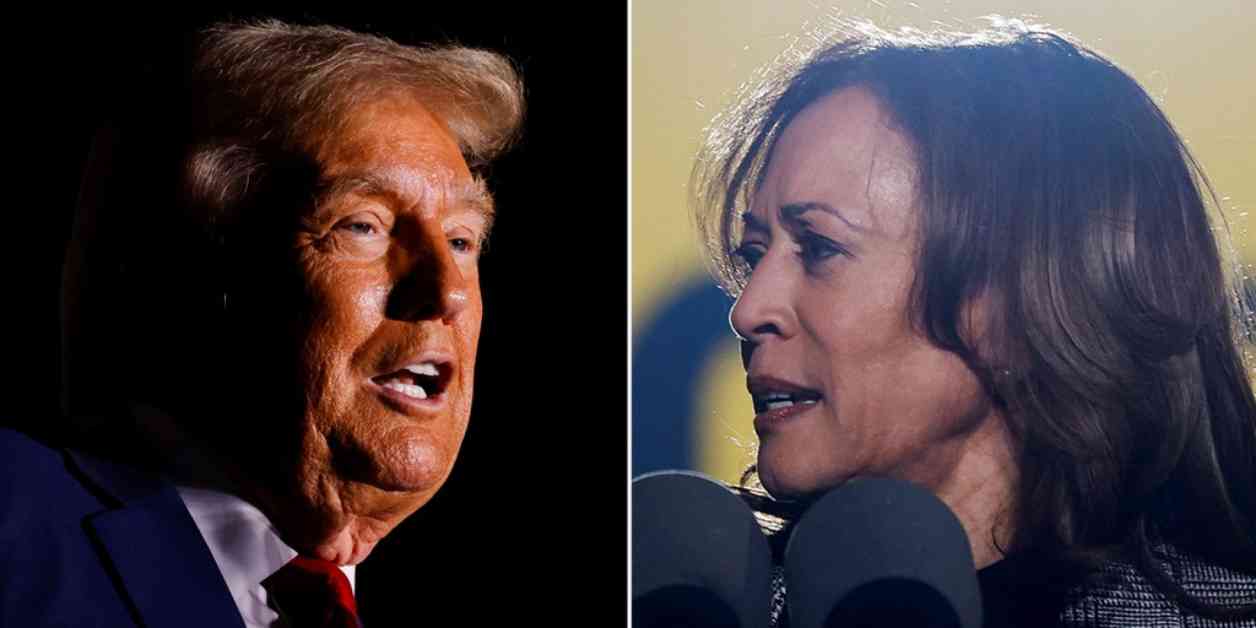The Washington Post recently made headlines for choosing not to endorse a presidential candidate, sparking internal backlash and controversy. This decision has led to resignations from staff and editorial board members, a decline in subscribers, and owner Jeff Bezos defending the choice in a rare op-ed. The Los Angeles Times and USA Today have also opted not to endorse a candidate for the upcoming election, with the latter emphasizing the importance of local races in shaping America’s future.
In response to the trend of newspapers refraining from endorsements, the Minnesota Star Tribune announced a new approach for the election, focusing on key issues rather than candidates. This shift aims to empower readers to make informed decisions based on thorough analysis rather than binary recommendations. Similarly, the South Florida Sun Sentinel and other publications have decided to no longer endorse candidates, reflecting a broader move away from staff-written opinions.
While some liberal newspapers have chosen not to endorse a candidate for the upcoming election, others have endorsed Vice President Kamala Harris over former President Donald Trump. The Economist, a British newspaper, criticized Trump’s leadership and highlighted Harris as a stable alternative, despite acknowledging her shortcomings. The publication explained its endorsement process, emphasizing independent journalism and rigorous analysis to inform its leader articles.
The decision by newspapers to forgo endorsing presidential candidates reflects a shift in the media landscape, with some publications moving away from traditional endorsements due to various factors. This trend has sparked discussions about the role of newspapers in shaping public opinion and the credibility of editorial endorsements in today’s digital age.
Overall, the choice to abstain from presidential endorsements underscores the evolving nature of journalism and the diverse approaches taken by different publications in engaging with readers and influencing political discourse. As the 2024 election approaches, it will be interesting to see how newspapers continue to navigate this changing media landscape and adapt their editorial practices to meet the needs and expectations of their audiences.




